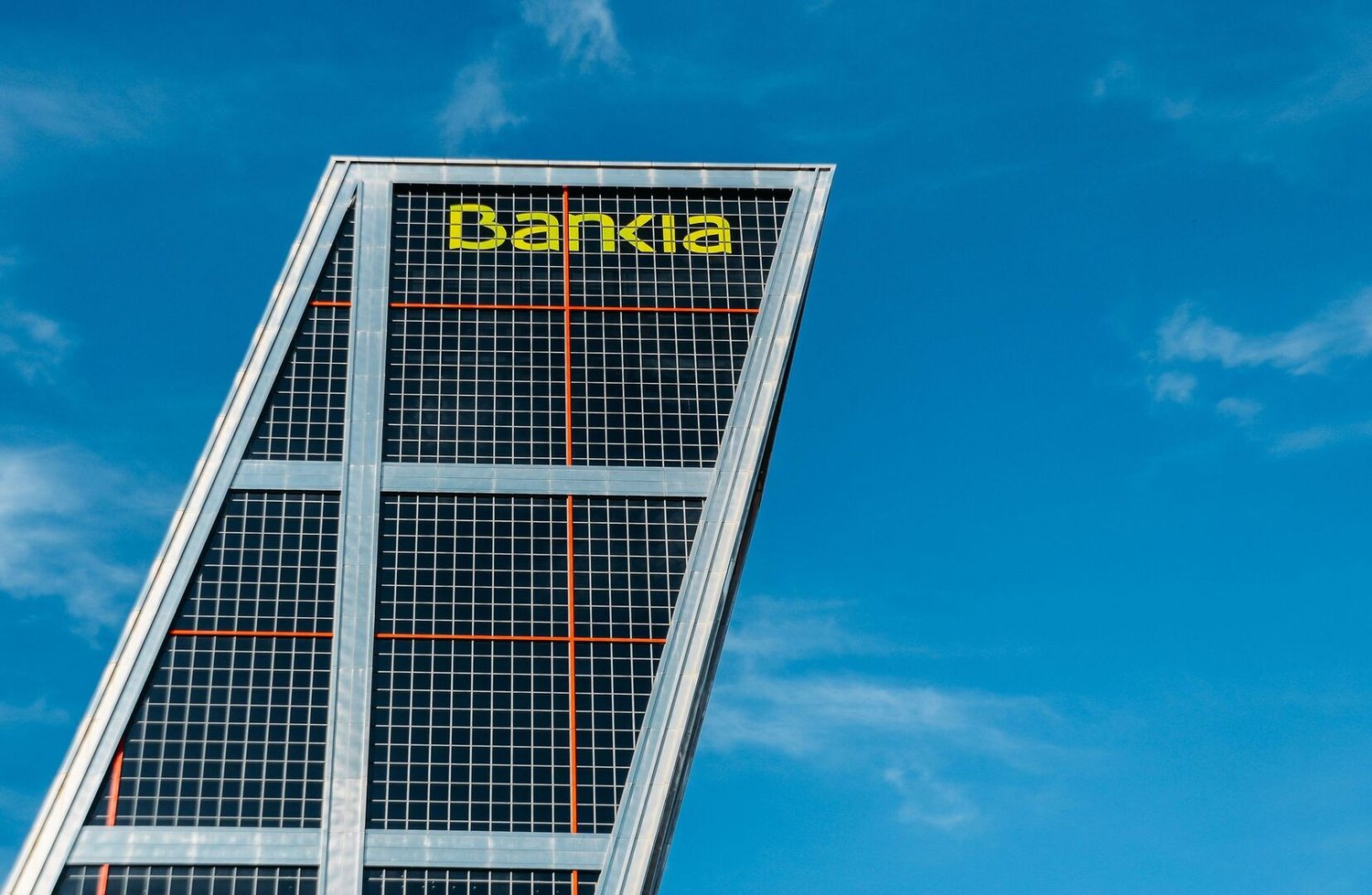
Bankia, a major player in Spain's banking sector, has a rich history and significant impact on the financial landscape. Founded in 2010, it quickly became one of the largest banks in Spain. Bankia emerged from the merger of seven regional savings banks, creating a financial powerhouse. Despite facing challenges, including a government bailout in 2012, it has shown resilience and adaptability. Bankia's journey includes a successful merger with CaixaBank in 2021, further solidifying its position. Understanding Bankia's evolution offers insights into Spain's banking industry and its broader economic implications. Let's delve into 25 intriguing facts about this influential institution.
The Origins of Bankia
Bankia, a significant player in Spain's banking sector, has a rich history. Let's dive into some fascinating facts about its origins.
- Bankia was established in December 2010 through the merger of seven regional savings banks.
- The seven banks that merged to form Bankia included Caja Madrid, Bancaja, La Caja de Canarias, Caja de Ávila, Caixa Laietana, Caja Segovia, and Caja Rioja.
- Caja Madrid, one of the merging entities, was founded in 1702, making it one of the oldest savings banks in Spain.
- The merger aimed to create a stronger financial institution capable of weathering economic challenges.
Bankia's Financial Crisis and Bailout
Bankia faced significant challenges during the European financial crisis. Here are some key facts about this period.
- In 2012, Bankia required a bailout from the Spanish government due to severe financial difficulties.
- The bailout amounted to €19 billion, making it one of the largest in Spain's history.
- The European Union also contributed to the bailout through the European Stability Mechanism.
- Bankia's financial troubles were partly due to its exposure to the Spanish real estate market, which collapsed during the crisis.
Bankia's Restructuring and Recovery
Following the bailout, Bankia underwent significant restructuring. These facts highlight its path to recovery.
- As part of the restructuring, Bankia sold off non-core assets and reduced its workforce.
- The bank also focused on improving its capital ratios to meet regulatory requirements.
- By 2014, Bankia had returned to profitability, reporting a net profit of €747 million.
- The Spanish government began selling its stake in Bankia in 2014, gradually reducing its ownership.
Bankia's Merger with CaixaBank
In recent years, Bankia has continued to evolve. One of the most significant developments was its merger with CaixaBank.
- In September 2020, Bankia announced its merger with CaixaBank, creating Spain's largest domestic bank.
- The merger was completed in March 2021, forming a financial giant with over €650 billion in assets.
- The combined entity operates under the CaixaBank brand, with Bankia's name being phased out.
- The merger aimed to create synergies and improve efficiency in the Spanish banking sector.
Bankia's Commitment to Sustainability
Bankia has also made strides in sustainability and corporate responsibility. Here are some facts about its efforts.
- Bankia has committed to becoming carbon neutral by 2050, aligning with global climate goals.
- The bank has financed numerous renewable energy projects, including wind and solar farms.
- Bankia has also implemented policies to reduce its environmental footprint, such as promoting paperless banking.
- The bank supports social initiatives, including education and employment programs for disadvantaged communities.
Bankia's Digital Transformation
In the digital age, Bankia has embraced technology to enhance its services. These facts highlight its digital transformation.
- Bankia launched its mobile banking app in 2012, providing customers with convenient access to their accounts.
- The bank has invested heavily in cybersecurity to protect customer data and transactions.
- Bankia offers a range of digital services, including online mortgage applications and virtual customer support.
- The bank has also partnered with fintech companies to innovate and improve its offerings.
- Bankia's digital transformation has helped it attract younger customers and stay competitive in the evolving banking landscape.
Final Thoughts on Bankia
Bankia's journey from its creation to its merger with CaixaBank is a tale of resilience and transformation. Founded in 2010, Bankia quickly became a significant player in Spain's banking sector. Despite facing financial challenges, including a bailout in 2012, the bank managed to recover and stabilize. The merger with CaixaBank in 2021 marked a new chapter, creating one of Spain's largest financial institutions. This move aimed to enhance efficiency, customer service, and market presence. Bankia's story highlights the importance of adaptability and strategic decision-making in the banking industry. As part of CaixaBank, the legacy of Bankia continues to influence Spain's financial landscape, demonstrating the power of collaboration and innovation in overcoming challenges.
Was this page helpful?
Our commitment to delivering trustworthy and engaging content is at the heart of what we do. Each fact on our site is contributed by real users like you, bringing a wealth of diverse insights and information. To ensure the highest standards of accuracy and reliability, our dedicated editors meticulously review each submission. This process guarantees that the facts we share are not only fascinating but also credible. Trust in our commitment to quality and authenticity as you explore and learn with us.


